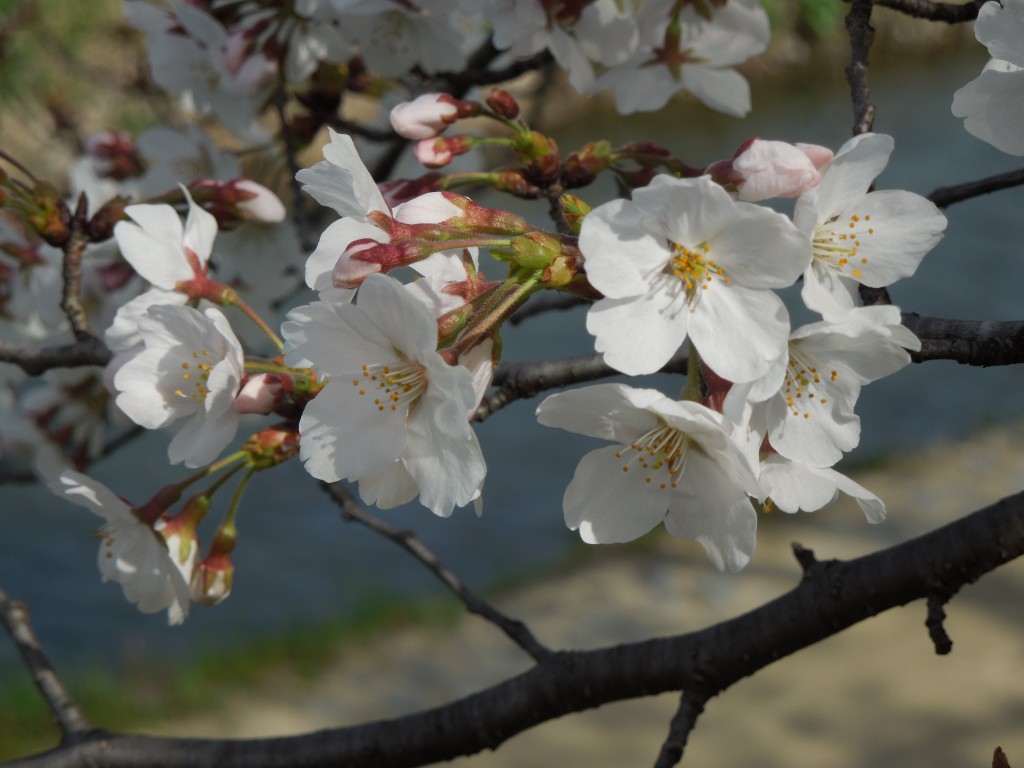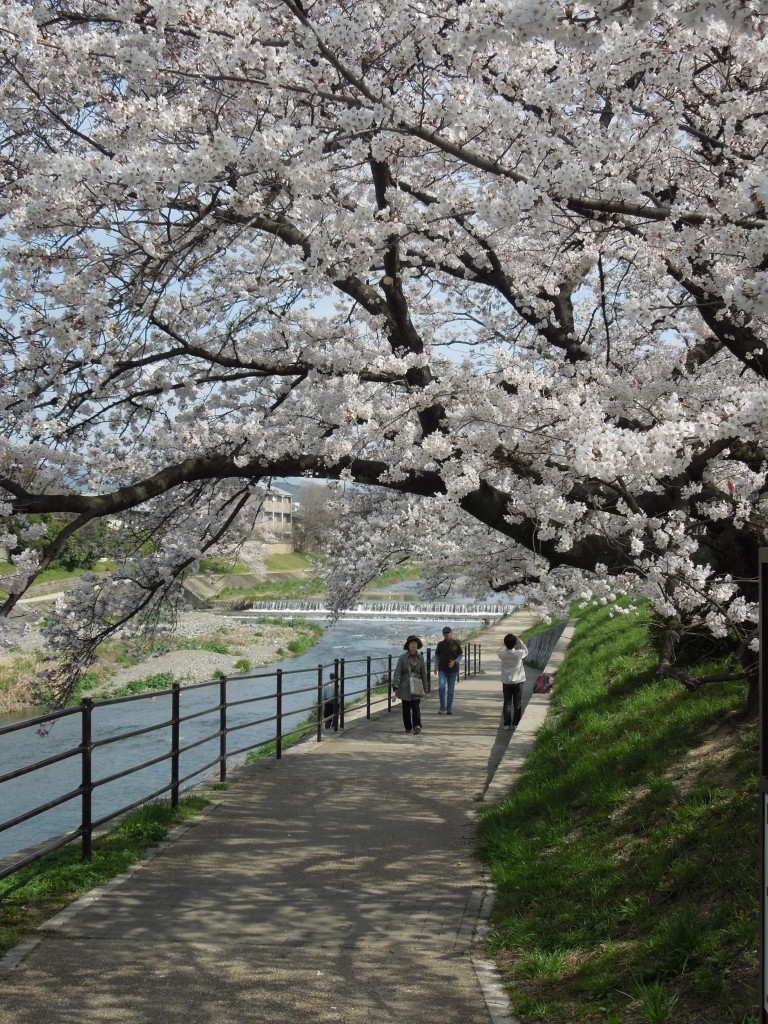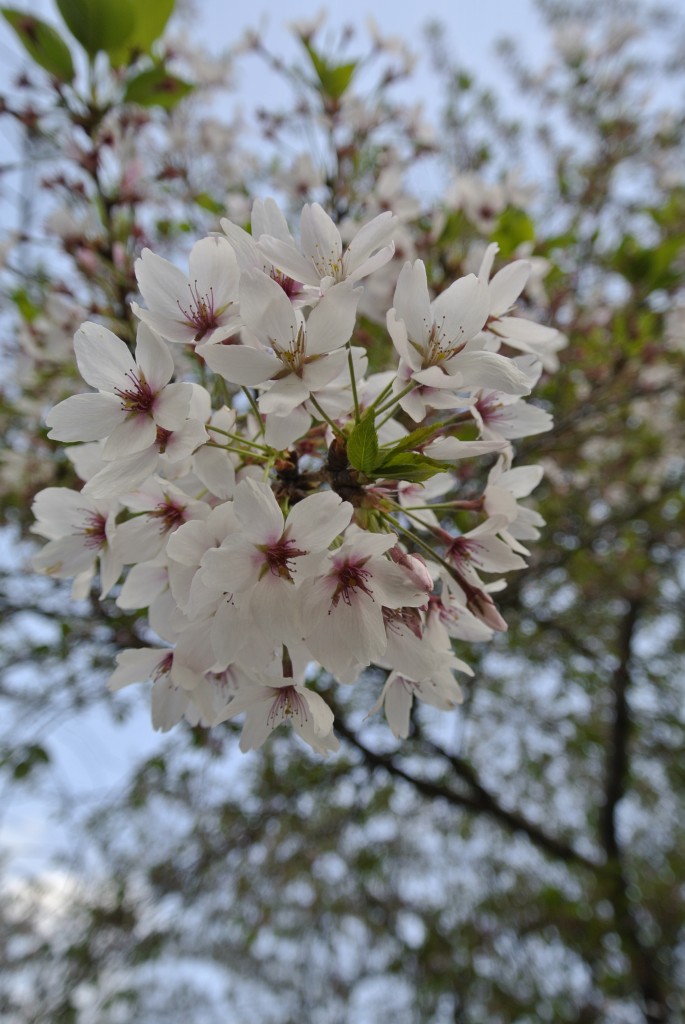
“Why should the trees be so lovely in Japan? With us, a plum or cherry tree in flower is not an astonishing sight; but here it is a miracle of beauty so bewildering that, however much you may have previously read about it, the real spectacle strikes you dumb. You see no leaves, – only one great filmy mist of petals. Is it that the trees have been so long domesticated and caressed by man in this land of the Gods, that they have acquired souls, and strive to show their gratitude, like women loved, by making themselves more beautiful for man’s sake? Assuredly they have mastered men’s hearts by their loveliness, like beautiful slaves. That is to say, Japanese hearts.” – Lafcadio Hearn

The Japanese have long made a cult of cherry blossom. It used to be plum blossom until Heian times, a custom adopted from China, for the reawakening of nature after the long sleep of winter was marked by the miraculous first flowering of the fruit tree. But the Japanese preference for cherry gradually prevailed, driven by an affinity with the evanescence of its blossom.
The sentiment is associated with the Buddhist view of the transience of life, but Shinto shares a similar outlook. It was after all the great Shinto scholar, Motoori Norinaga (1730-1801), who came up with the compelling notion of mono no aware (the pathos of things) as an underlying current in the culture. It was Motoori too who wrote the poem:
If someone asks
about the spirit of a true Japanese,
point to the wild cherry blossom
shining in the sun.
Celebrating the yearly round is an important part of pagan traditions, which signifies our connection with the seasonal cycle and our rootedness in Mother Earth. Above all, it heightens awareness of the wonder of life; through ritualising our place in the annual round, we enrich our consciousness of living.


Leave a Reply